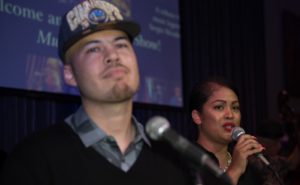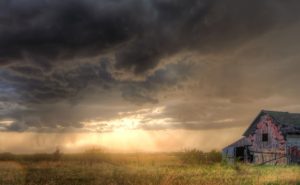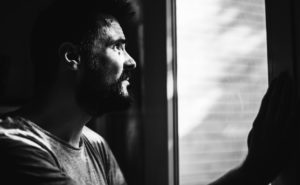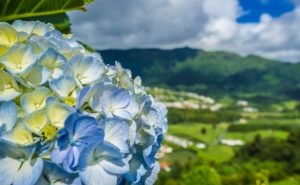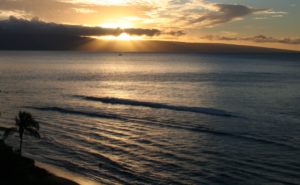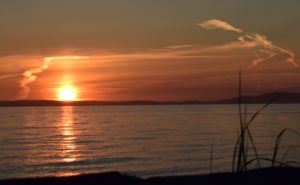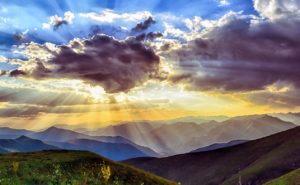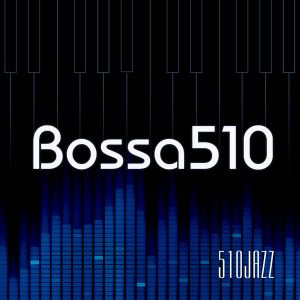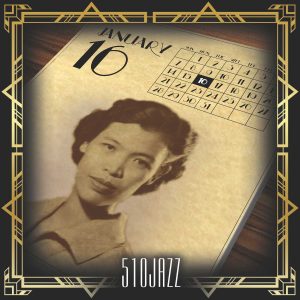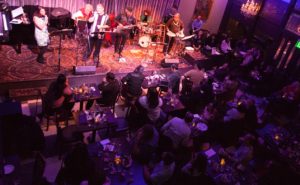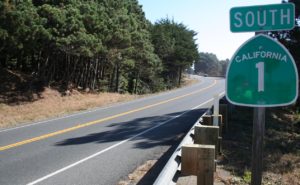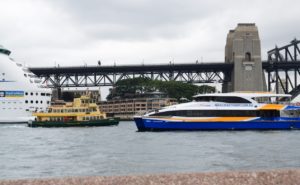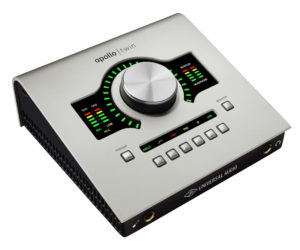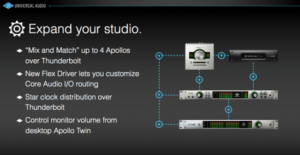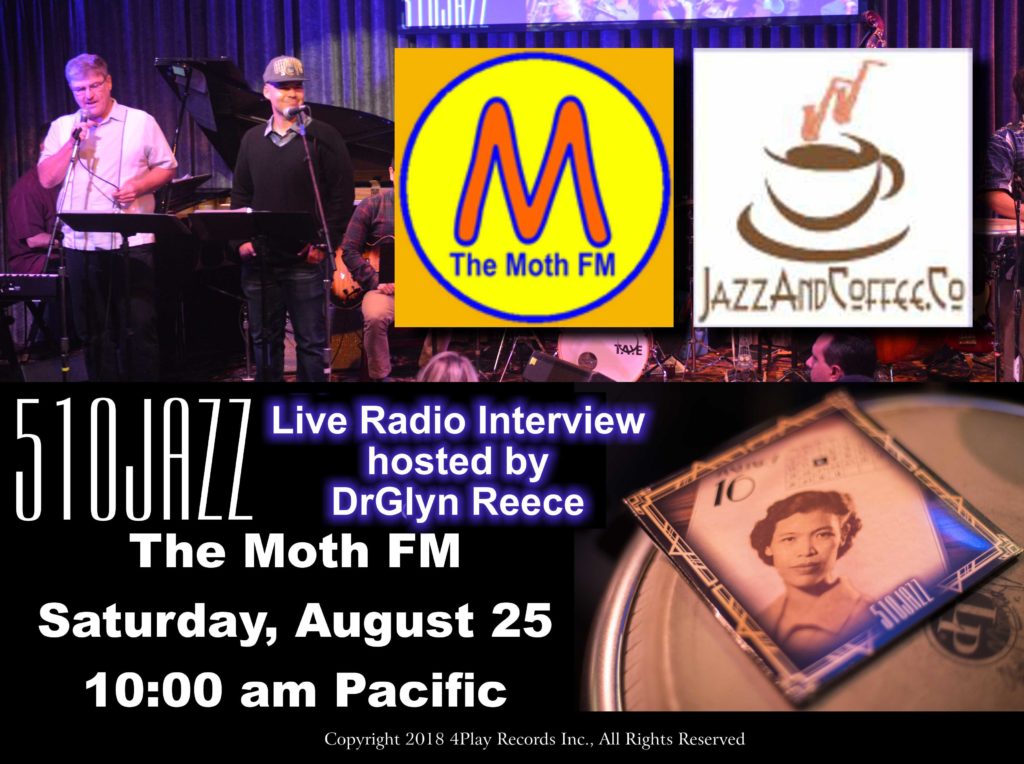Music To Pull Your Heartstrings
In last week’s blogpost Songwriting: Jazzing It Up, I talked about the thought process that we went through in composing our four jazz-inspired songs.
This blogpost will lead you through the steps that we took to compose four songs which convey a bit more emotion than our other songs.
Every one of our songs tells a different story – and each song has a different story of how they came to be. The four songs listed below have unique styles yet all have a ballad foundation:
4. The Moon And You
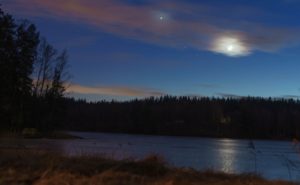
My concept for this song was simple: Summer nights, the moon and stars – and that special someone.
The style that I was hoping to evoke was like so many beautiful ballads written by master composer Ivan Lins. This song was incredibly special to me, so I decided to sing it myself on the production release. Tom Povse arranged beautiful flugelhorn parts rendered by Gil Cohen. The coups de gras is the amazing strings arranged by Stan Muncy. In the studio, we were Blessed to have a second visit from superb violinist Matthew Szemela, where he gave the ending a sweet romantic feel.
Music and lyrics: John Vargas
Featuring: John Vargas (vocals), Gil Cohen (flugelhorn)
Strings: Matthew Szemela (violin), Mads Tolling (violin), Emily Onderdonk (viola) and Lewis Patzner
(cello); Strings arranged by Stan Muncy. Horns arranged by Tom Povse
Rhythm: Mark Rickey (keyboards), Tony Song (guitar), Charlie Channel (bass), Collette d’Almeida
(drums), Stan Muncy (percussion)
8. You’re Everything To Me
This is the second love ballad that I composed for this album. I wanted this to start out with a darker feel, about a person that didn’t take the time to let emotions sink in — always moving on to keep their distance from love and commitment. The story then evolves into a discovery of that perfect someone. It sounds a bit formulaic, I know. Interestingly, this song is one of our most popular with radio listeners around the world. Maya Victoria has the perfect voice to tell this story.
I wanted this song to have a dreamy quality, so I asked Stan Muncy to arrange strings. He did an incredible job, bringing in this amazing pizzicato feel and a superb lift during the chorus. I asked John Lewis to give us the dark, sultry feel in places, with his beautiful tenor saxophone. I was surprised at how easy it was to come up with the chorus, melodically and lyrically. Composing the verse was even easier, with just nine rapid notes in succession. Telling the story on top of that was more difficult.
Music and lyrics: John Vargas
Video: directed by Carolyn Vargas, produced by Roy Reyes.
Featuring: Maya Victoria (vocals), John Lewis (tenor sax)
Strings: Matthew Szemela (violin), Mads Tolling (violin), Emily Onderdonk (viola) and Lewis Patzner (cello); Strings arranged by Stan Muncy
Rhythm: Mark Rickey (keyboards), Tony Song (guitar), Charlie Channel (bass), Collette d’Almeida (drums), Stan Muncy (percussion)
12. The Rock Of Light
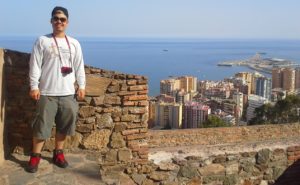
When I arranged the rhythm for this song, I was feeling something akin to Spanish Flamenco. My mind traveled to a family trip that we took to beautiful Malaga on the southern tip of Spain. I came up with the idea of a fantasy or dream sequence that the lead character envisions. The idea was of a businessman visiting Malaga, and took a day off deciding to tour the beautiful Moorish castles that overlook the city. During this tour, our lead character has a vision of how the city might have looked over 500 years ago.
David carried this concept to something much more coherent: This daydream shows a vision of what it might have been like to live in the city of Malaga during King Ferdinand’s brutal assault in 1487. This was a pivotal battle in the Reconquest of Spain, to take back the country from the Moorish invaders.
What David and I were trying to convey in this story is that all war is a nightmare. While some may see glory in war, we can’t look away from the human element — the victims. It’s especially painful to think of the many innocents that were caught in the crossfire of a King leading his forces to take back a country that was lost in war hundreds of years before. I’m sure that some very bad people lost their lives in that seige. What is tragic is the number of civilian lives lost (mothers, fathers, children – and their homes and property). These innocents had no political agenda.
Tony Song’s guitar truly holds the listener, with a haunting rhythm accentuated by flamenco-styled turnarounds. We were delighted to see the feeling brought to the song by vocalist Mr Mego. What a storyteller! The perfect final touches came from Stan Muncy with a wide array of Spanish percussion including guitar-body-tapping and handclapping. We feel that all of these elements give our song a true Spanish feel.
Music and lyrics: John Vargas and David Vargas
Featuring: Mr Mego (vocals), Tony Song (guitar)
Rhythm: Mark Rickey (keyboards), Charlie Channel (bass), Collette d’Almeida (drums), Stan Muncy (percussion)
16. January 16
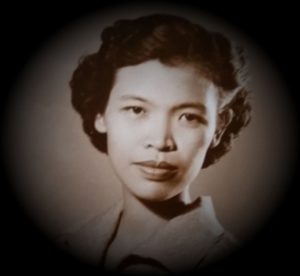
Here’s David to tell you about the composing and producing of our title track…
My dad John Vargas and I collected compositions that we wanted to produce in our new album “January 16” (which was untitled at that time). We had literally dozens to choose from.
After selecting 15 solid candidates, I felt that our album could use just one more song written by myself. I browsed through our rhythm arrangements library and one stood out to me. It had an R&B vibe to it. At that moment all these ideas rushed into my head.
What really resonated with me was a tribute song to our beloved grandmother Jesusa. Her birthday is January 16. She taught us about love and putting family first. I know it was meant to be that God inspired me to create a song to pay homage to her.
Most of the lyrics were put together in a matter of a few hours. The creative juices were really flowing that night, and composing the melody seemed effortless. I played the first version of the song to my immediate family and they gave me their feedback which I used to put the finishing touches on the lyrics.
My initial thought on the ending of the song was to have some interview footage paying tribute to my grandmother. In speaking with our family one day, it was brought to my attention that my brother Andrew had some archived video of my grandmother speaking about life, and the importance of empathy, love, and Faith in God. I knew this was the ultimate message of the song – and it is delivered superbly by my grandmother in her own words and voice.
16th of 16 songs on our album, “January 16” for me is a song that I’m incredibly proud of, as it tells the story of my amazing grandmother who will always be a part of me.
I’m still amazed that we were able to record such a meaningful song.
We love you, Grandma!
Music and lyrics: David Vargas
Featuring: Ricki Wegner (vocals), Matt Blaque (vocals), Stan Muncy (vibes)
Rhythm: Mark Rickey (keyboards), Charlie Channel (bass), Collette d’Almeida (drums), Stan Muncy (percussion)
We hope you enjoyed this four-part blogpost on Storytelling. We hope it will inspire the composers out there to get started on their own songwriting journey.
Blessings to you all.
John Vargas
510JAZZ

